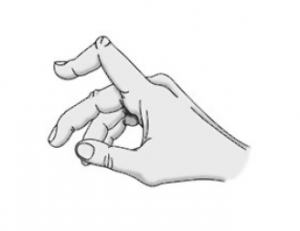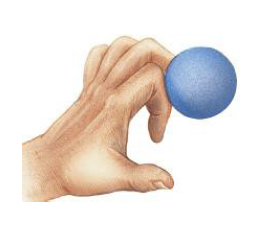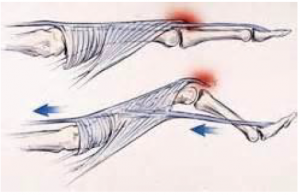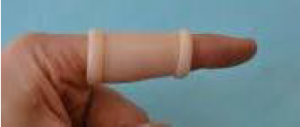Boutonniere Injury
What is a Boutonniere injury?
A “boutonniere” is an injury to the attachment of the extensor tendon on the middle phalanx. Boutonniere means buttonhole. The joint will “buttonhole” through the tendon. It is a classic injury pattern that is often initially missed.
Who gets a boutonniere injury?
Anyone can get a boutonniere injury. Any type of blow to the finger can cause one. Sometimes it may be associated with a laceration. Most commonly, it will happen in sports (basketball, football, volleyball). Most patients think they “jammed” their finger.
What happens with a boutonniere injury?
The central extensor tendon is no longer attached to normal insertion on the middle phalanx. The lateral bands (the tendons
that extend the last joint on the finger) will slide down. Attempts to extend the finger will make the proximal interphalangeal joint flex and the distal interphalangeal joint extend. This can progress to a fixed classic boutonniere deformity.
How are boutonniere injuries diagnosed?
The goal is to diagnose it before it progresses to a deformity. Early on, there will be pain over the PIP joint at the insertion of the tendon. Also, there will be little to no extension of the middle phalanx. There is usually pain and resistance to flexion of the distal joint. X-rays need to be taken to ensure no bony injury.
How are boutonniere injuries treated?
Hopefully, the injury will be caught within the first 3-4 weeks. If this is the case, hand therapy is essential. One cannot play sports in a brace from the therapist. The patient will wear an extension splint for 3-4 weeks followed by a relative motion splint.
If the injury is chronic, then surgical reconstruction is warranted. Surgical reconstruction is not as reliable as early treatment with hand therapy directed splinting. Early diagnosis is important.





